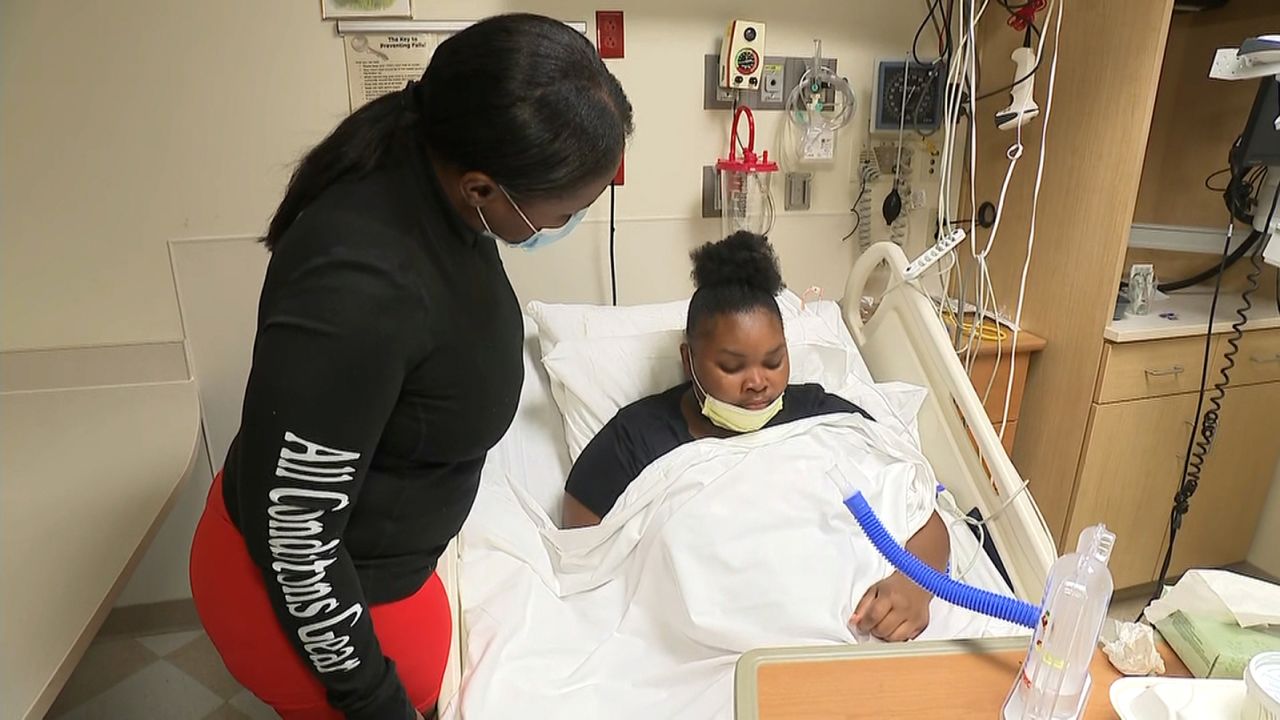
DiYES International School – Missouri’s Child Health Crisis continues to raise concerns across public health sectors. The 2025 KIDS COUNT Data Book ranks Missouri 35th in the nation for child health. This report highlights alarming statistics about child and teen well-being. Despite some improvements, the state still struggles with serious challenges affecting its youngest residents.
Missouri is experiencing rising numbers of child and teen deaths. Gun violence remains a leading cause of fatalities. Many teens have become victims of firearm-related incidents, especially in urban areas. Drug overdoses among adolescents are also increasing. These trends reflect both public safety and mental health issues. Community leaders urge stronger preventative measures to protect youth. Better access to counseling and after-school programs can reduce risky behavior. Lawmakers are under pressure to introduce effective gun control and drug prevention strategies. Without action, these tragedies may continue to grow. The state must take urgent steps to reverse the tide.
Another troubling indicator is the increasing number of low-birth-weight babies. This condition often leads to lifelong health complications. Premature birth, poor prenatal care, and maternal health disparities contribute to this issue. Low birth weight is a warning sign of wider problems in maternal health. Missouri must ensure better support for pregnant women, especially in underserved communities. Investments in prenatal education and nutrition programs are needed now. Local clinics can play a key role in reversing these numbers. Early detection and care are critical to protecting infant health.
“Read about: Tooth Erosion in Children: Early Signs and Effective Treatments”
Not all news is negative. Missouri has seen progress in two important areas. First, the number of overweight and obese children has decreased. Schools and communities are promoting healthier lifestyles. Nutrition education and physical activity programs are making an impact. Second, fewer children are uninsured. Medicaid expansion has helped families gain access to healthcare. As a result, more children receive regular check-ups and necessary treatments. These improvements show that change is possible. When policies and programs align, children’s health can improve.
Missouri’s decision to expand Medicaid coverage is a major step forward. More low-income families now qualify for medical assistance. This change provides children with better access to doctors and preventive care. Experts believe this expansion could lead to long-term benefits. Children with regular health visits have fewer emergency needs. They also perform better in school and lead healthier lives overall. The challenge now is ensuring families stay enrolled. Outreach and education efforts are key to keeping kids covered.
Many health issues stem from deeper social problems. Poverty, unstable housing, and food insecurity all affect children’s well-being. Mental health support is another growing need among Missouri youth. To address these issues, the state must invest in holistic care models. These models combine education, health, and family services under one system. Stronger partnerships between schools, clinics, and community organizations are essential. Community-based programs can identify and support at-risk children early. Preventive strategies save both lives and state resources.
“Read more: Garage Organization Market Growth Reflects Growing Home Improvement Trends”
Elected officials must act with urgency. They need to invest in children’s health and safety. Budget decisions should prioritize school health programs, youth mentorship, and community clinics. Better policies can reduce gun access for teens and curb drug availability. Safe environments are key to child development. Legislators should listen to experts, parents, and advocates calling for reform. The cost of inaction is too high. Every child deserves the chance to grow up healthy and safe.
Missouri’s Child Health Crisis reflects both long-standing problems and recent progress. High death rates, rising low-birth-weight numbers, and public health gaps demand immediate attention. However, signs of improvement prove that change is within reach. Efforts like Medicaid expansion and wellness programs show promising results. With continued focus, Missouri can improve its child health ranking. The well-being of the next generation depends on today’s decisions. Let us act now—our children can’t wait.